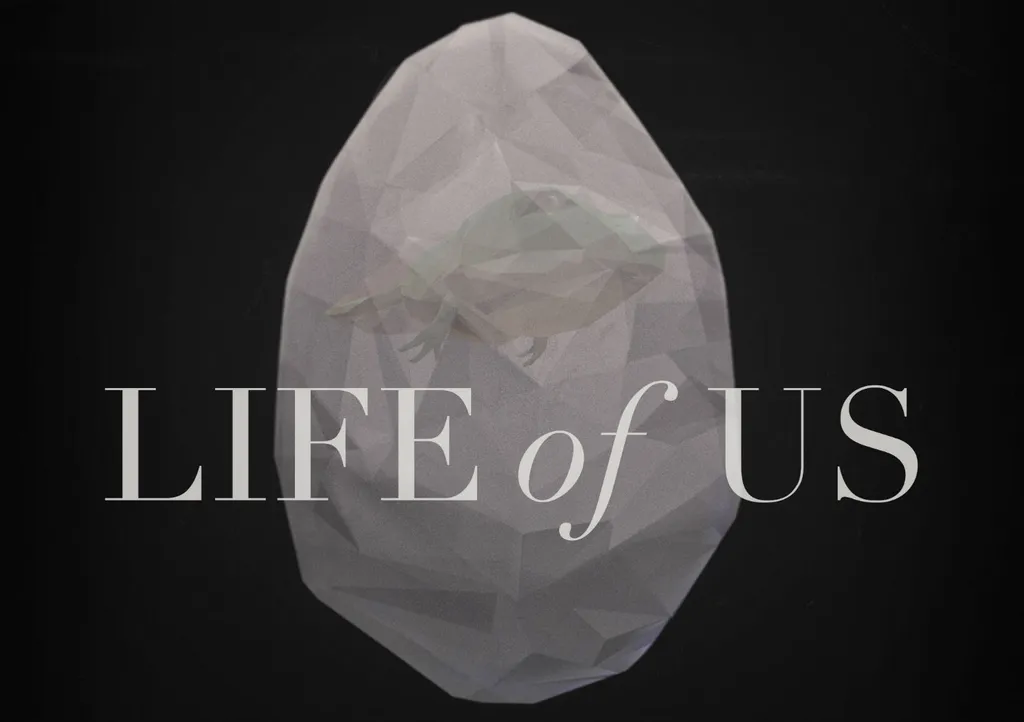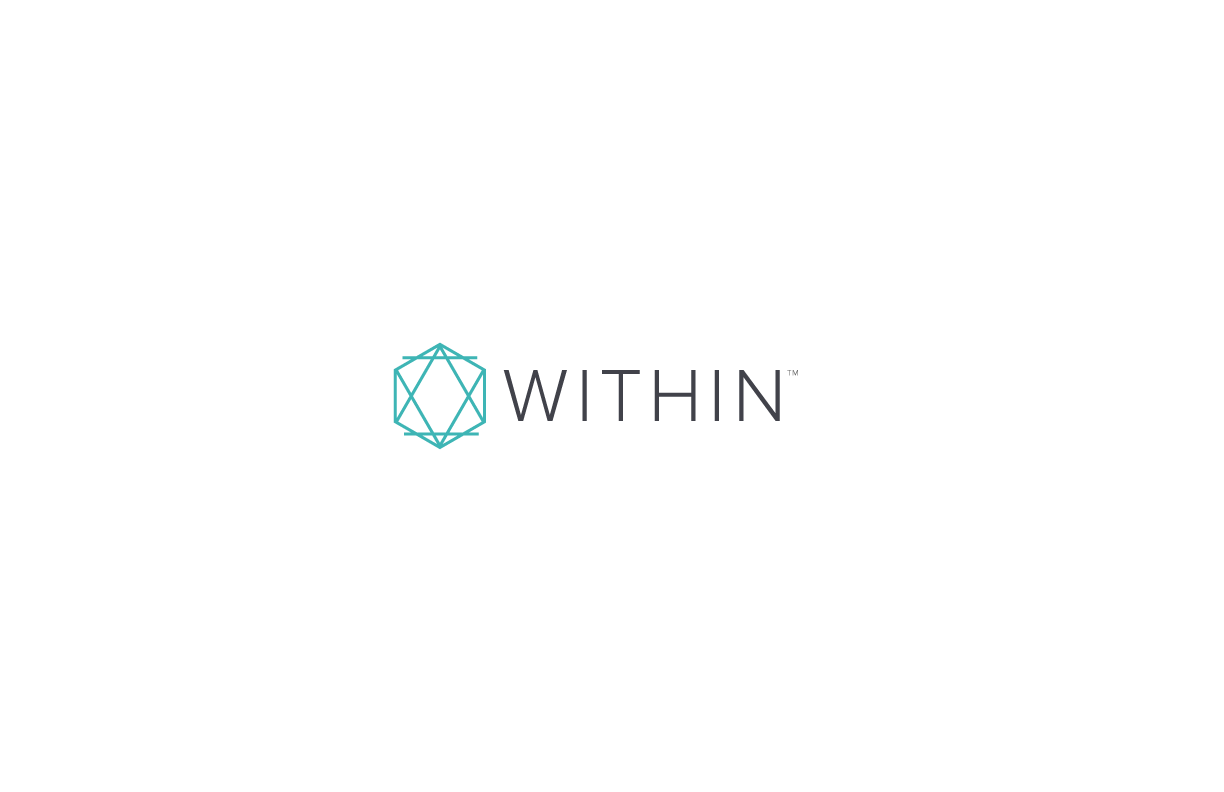“This is not a game, this is not a movie.”
The text floating in front of me before jumping into Life of Us made it abundantly clear that it knows what it is not from the get-go, but what is it? Part social experience, part evolution simulation, part wackadoo psychedelic freak-out joyride, Life of Us is charming, thought-provoking and just plain silly. I had a chance to check out Life of Us at the Sundance Film Festival, and caught up with Within co-founder Aaron Koblin after my run through.
“We thought a lot about how to make a social experience that wasn’t a game, wasn’t a movie, you weren’t shooting anything, you were just sharing a social experience with someone else,” Koblin explains.
Life of Us takes you on a shared experience with up to three others through a comical evolutionary journey. Starting out as single-celled organisms and progressing through fish, lizard, pterodactyl, ape and finally human stages. Well, not really “finally” as there is a surprise at the end, but I won’t ruin it for you – let’s just say I hope you like groovin’ with lasers!
Since this is a social experience, you’ll be going through all these stages in tandem, talking and interacting with others along the way. There are vocal effects that accompany each stage, so your voice is more watery and modulated during the fish scene, deep and powerful during the ape stage. Each stage also has a unique interactive element, allowing you to blow bubbles as a fish, flare your neck flaps as a lizard, breathe fire as a pterodactyl and so on. The pitch and timing of your voice affects how the effects are displayed, so high-pitched, quick noises produce lots of tiny bubbles, while deep, extended sounds create gigantic bubbles.
Although a guided experience, you can interact with others not only through vocals, but also physically through actions such as popping the bubbles they blow or throwing biological goo at them.
As Koblin explains it, “We went into VR thinking real faces — real people — were the way to make the best connection – and we still think that’s powerful – but once we thought about connection with voice and movement, we said, ‘Forget about all that, we can make this crazy world as a social, connected system.’”
In order to make it accessible to everyone, Within kept the controls basic and minimal, focusing solely on the triggers and hand and head placement. The result is a very intuitive experience, and one that compels your motions, gait and movement as you switch from one creature to another. For example, I instantly started flapping my wings to stay aloft as I ran off a cliff and switched from the lizard to the pterodactyl, and when I switched into an ape, I took more of a squat, powerful stance. VR has an inherent transformative power, and nowhere is that more apparent than in Life of Us where you move between a half-dozen forms in the span of a few minutes.
I particularly enjoyed my time in the ape stage when smaller monkeys would jump on me and ride along as I ran through the jungle. One of my little friends was riding on my forearm and I would reach over every now and again to ask if he was enjoying the ride and to feed him an imaginary snack. I called him Chester. I loved Chester. Chester is my pal. As I was doing this, someone gently lifted the headphones off of my ears and whispered, “You can grab the monkeys.” Game changer! Using my other hand, I seized the little freeloader and tossed him into the wind! Sorry, Chester! He’s spry though, so I’m sure he’s fine.
Koblin admitted they still have some tweaking to do and they’re building out a few more features, but he also told us Life of Us will be available “soonish” on HTC Vive and Oculus Rift, so you shouldn’t have to wait too long to grab those monkeys with your friends!






























